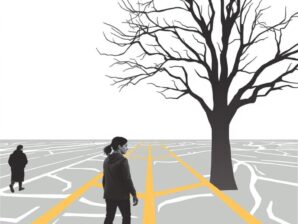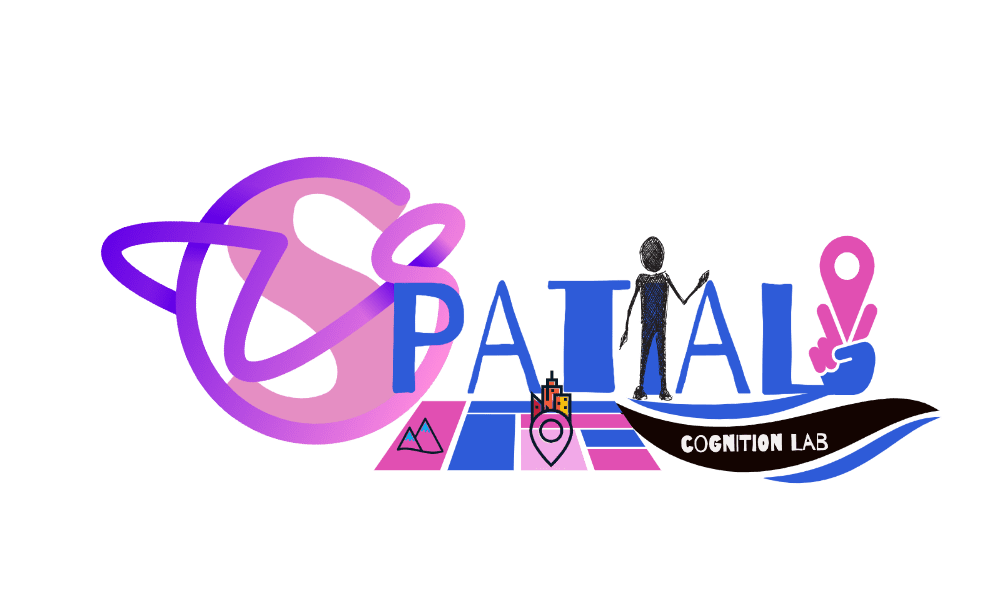It is now online the final published version of the Article “Working Memory in Navigational and Reaching Spaces in Typically Developing Children at Increasing
School Stages” by Åsa Bartonek, Cecilia Guariglia and Laura Piccardi published in Children.
It is now online the final published version of the Article “Working Memory in Navigational and Reaching Spaces in Typically Developing Children at Increasing
School Stages” by Åsa Bartonek, Cecilia Guariglia and Laura Piccardi published in Children.
In the present study we found that topographic working memory and reaching working memory, measured through WalCT and CBT, increase spans between each school stage, except in the CBT span between middle stage (MS) and upper stage (US). Reaching spans were significantly higher than topographic ones in the pre-school, lower stage, and MS. When navigation is gradually controlled, a child may be able to pay increasingly more attention to wayfinding and behavior in traffic. Since the US group even presented as good in the WalCT as young adults living in metropolitan environments, assuming that children may gain spatial orientation from having opportunities to move in their surroundings, this is also relevant for children with motor disabilities.






